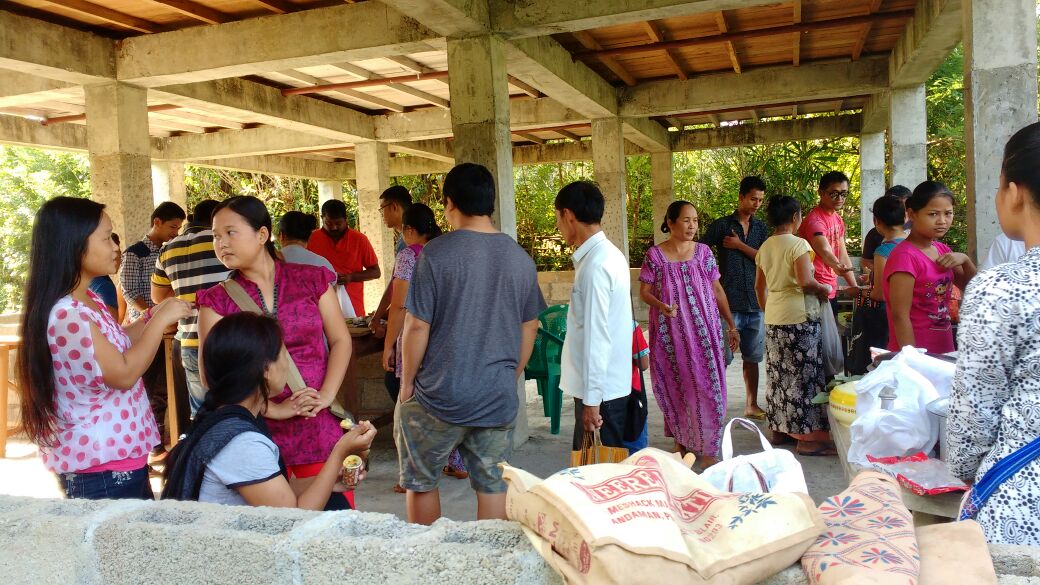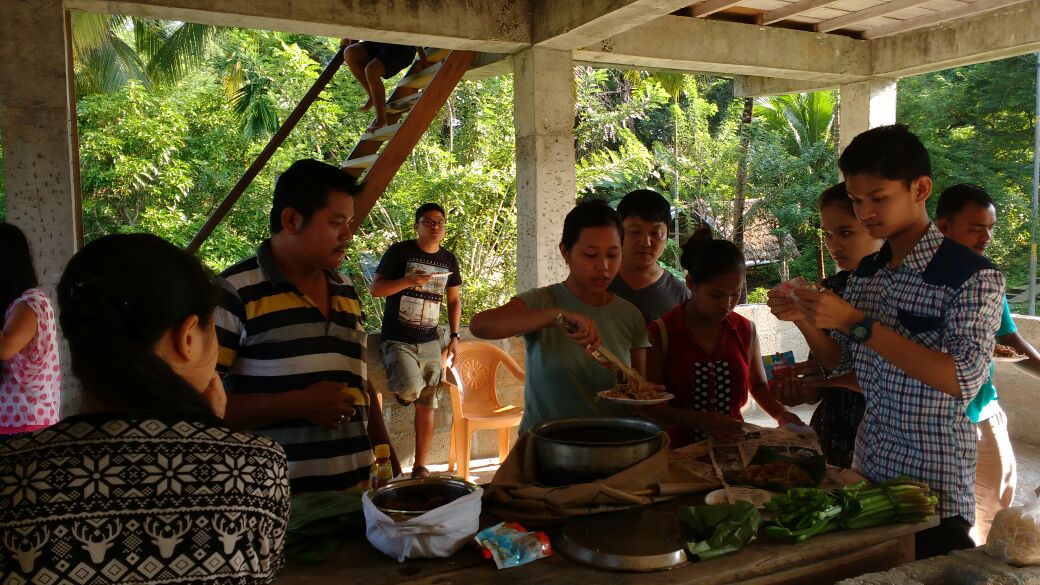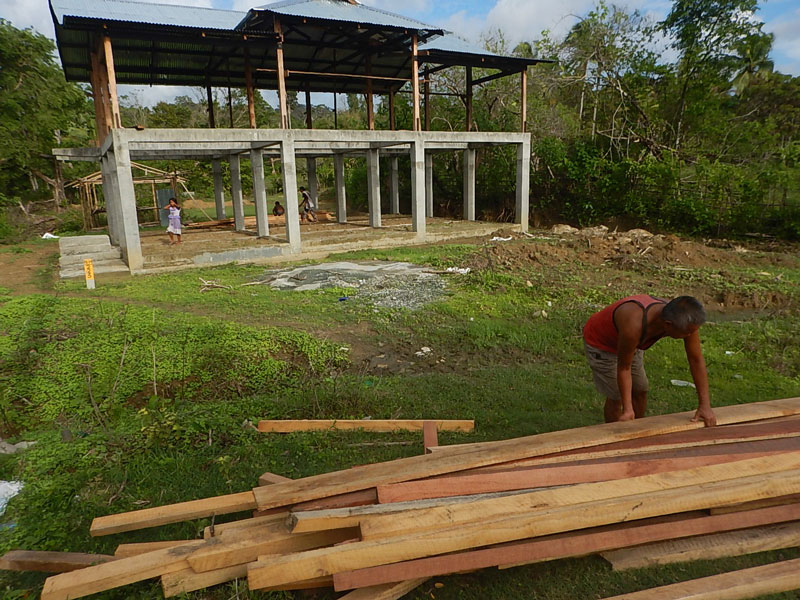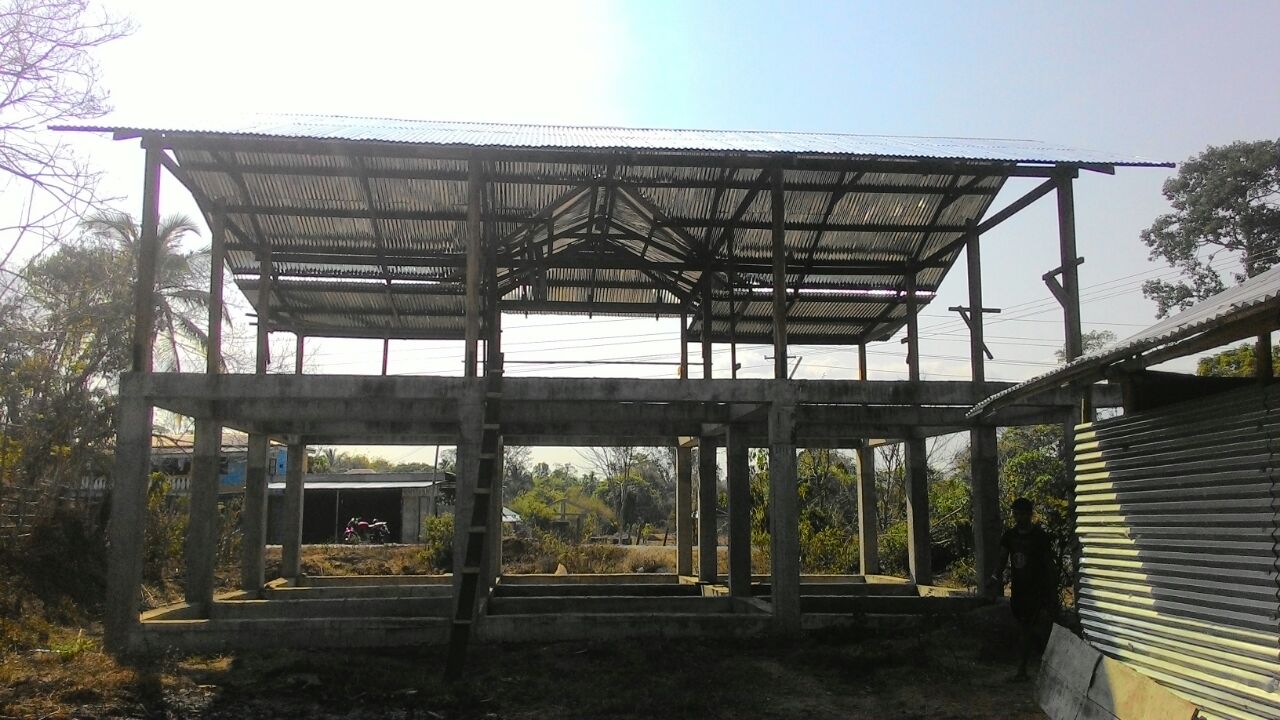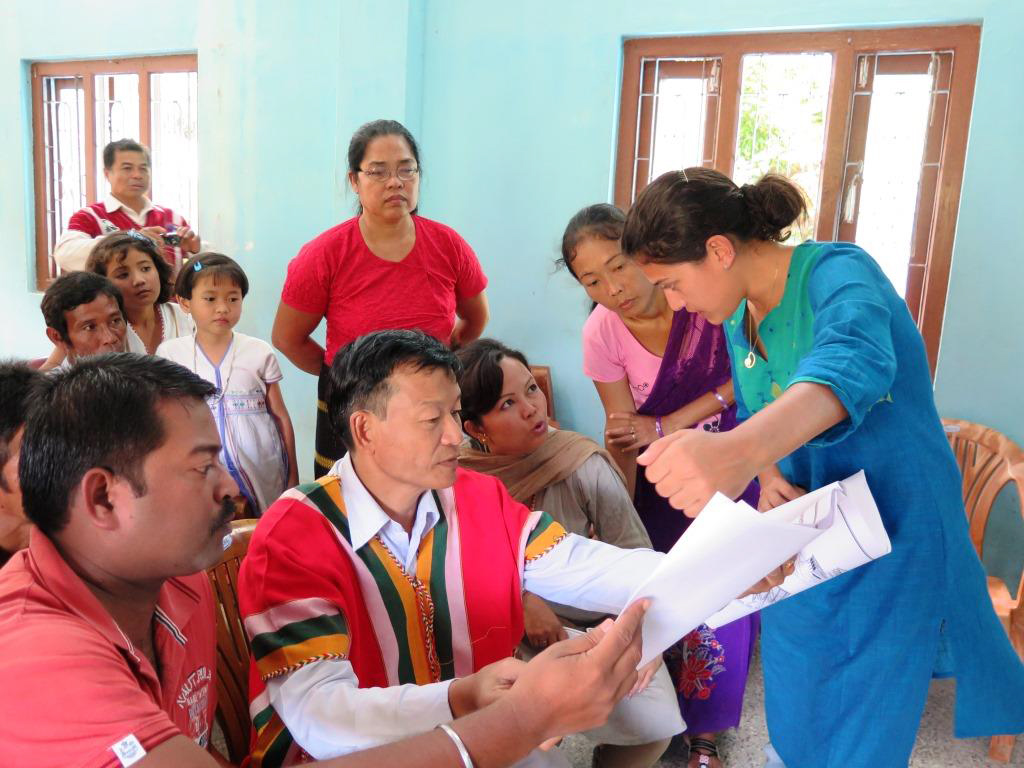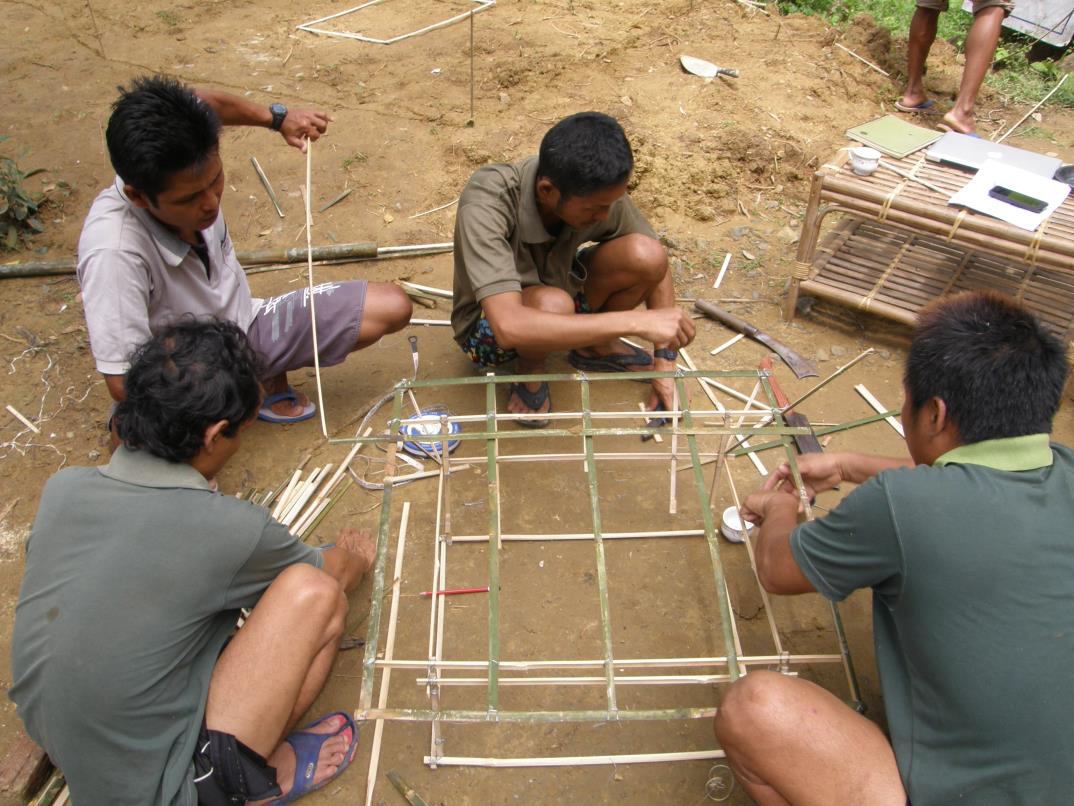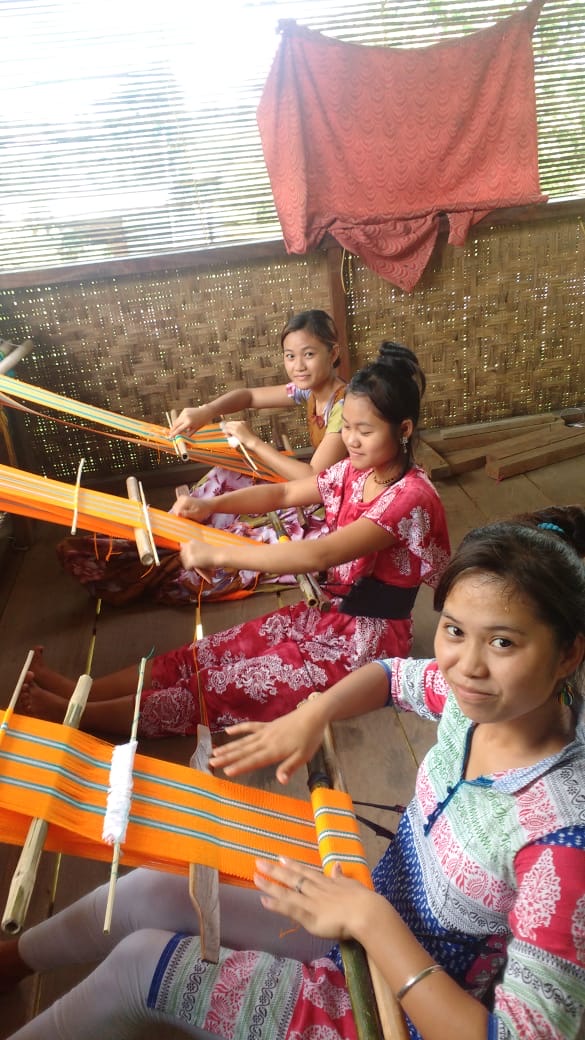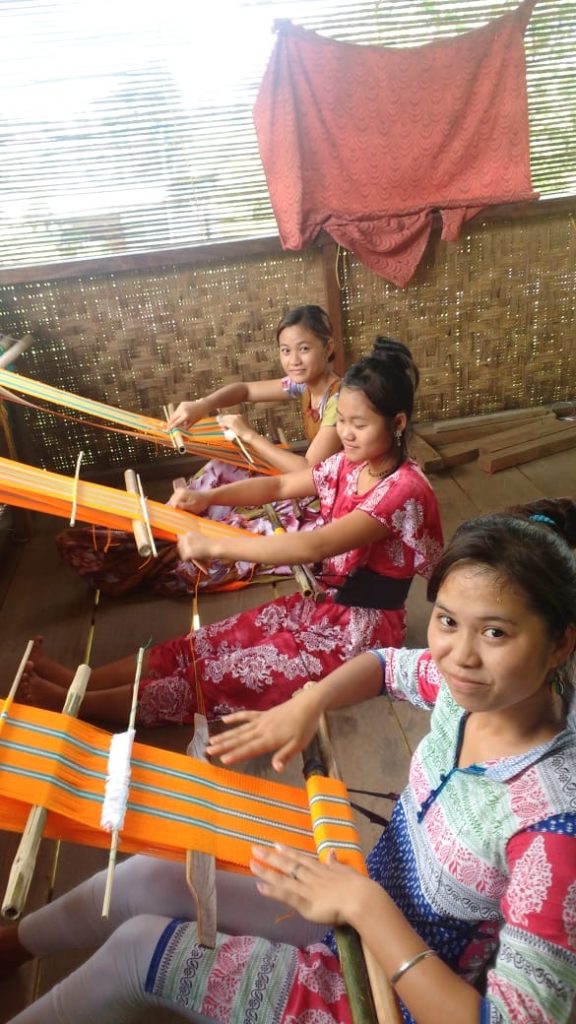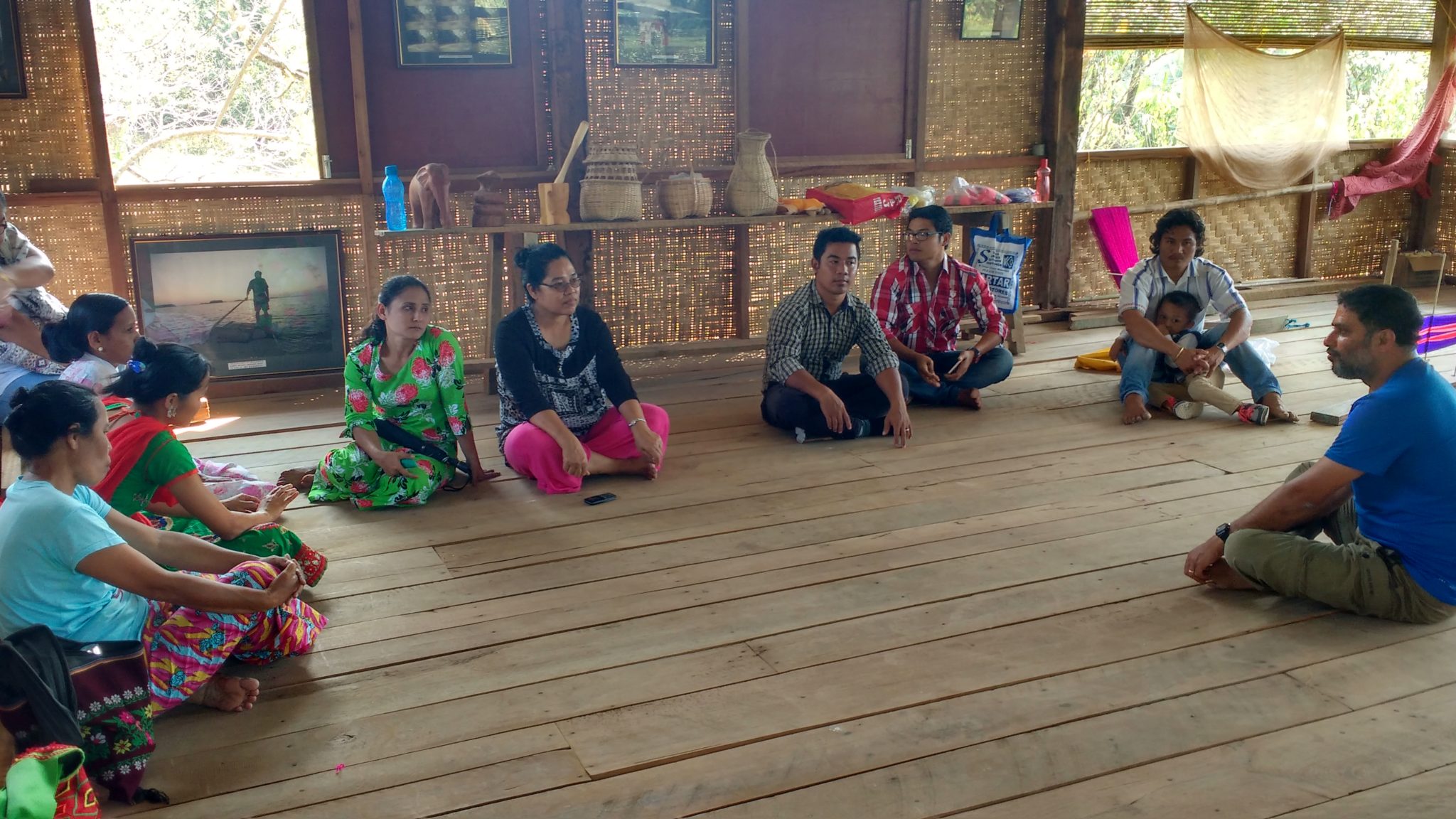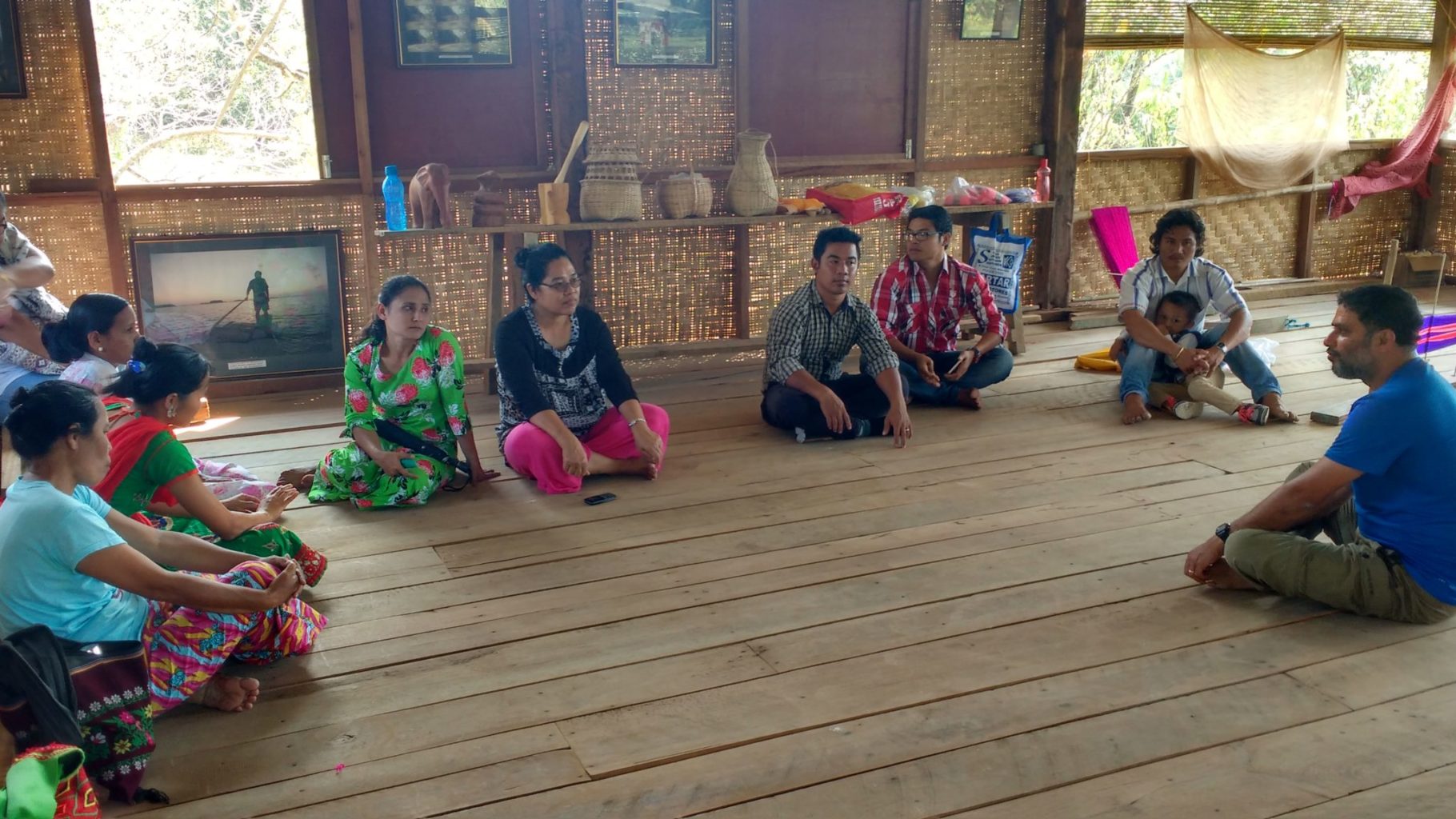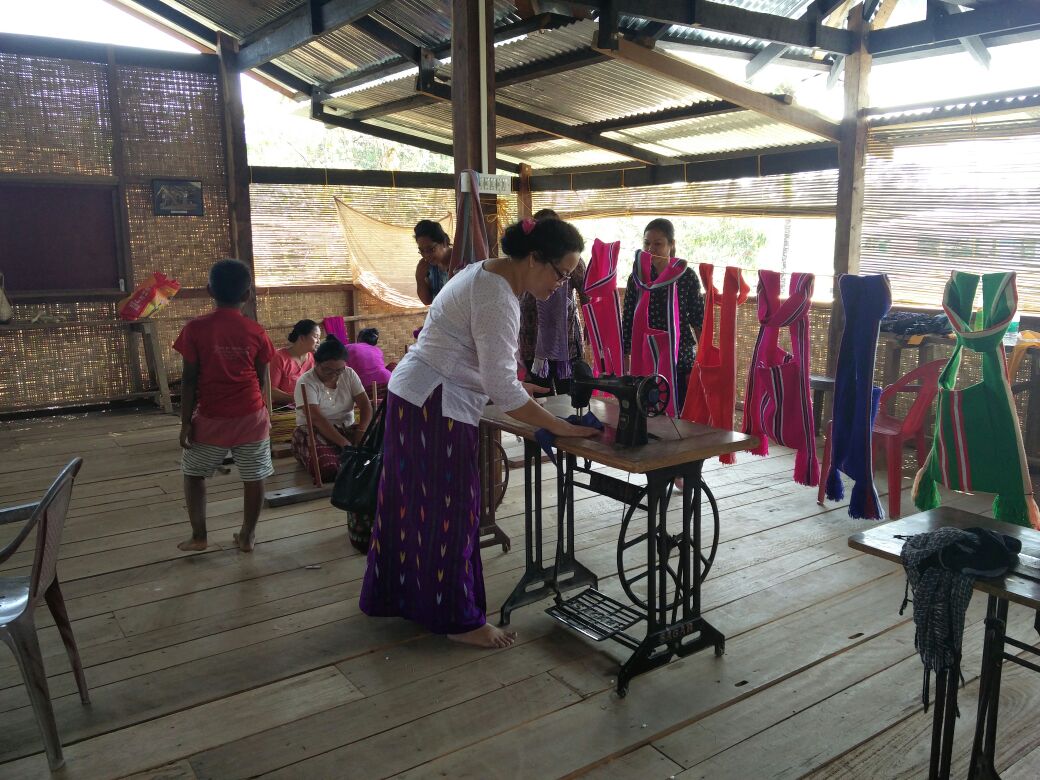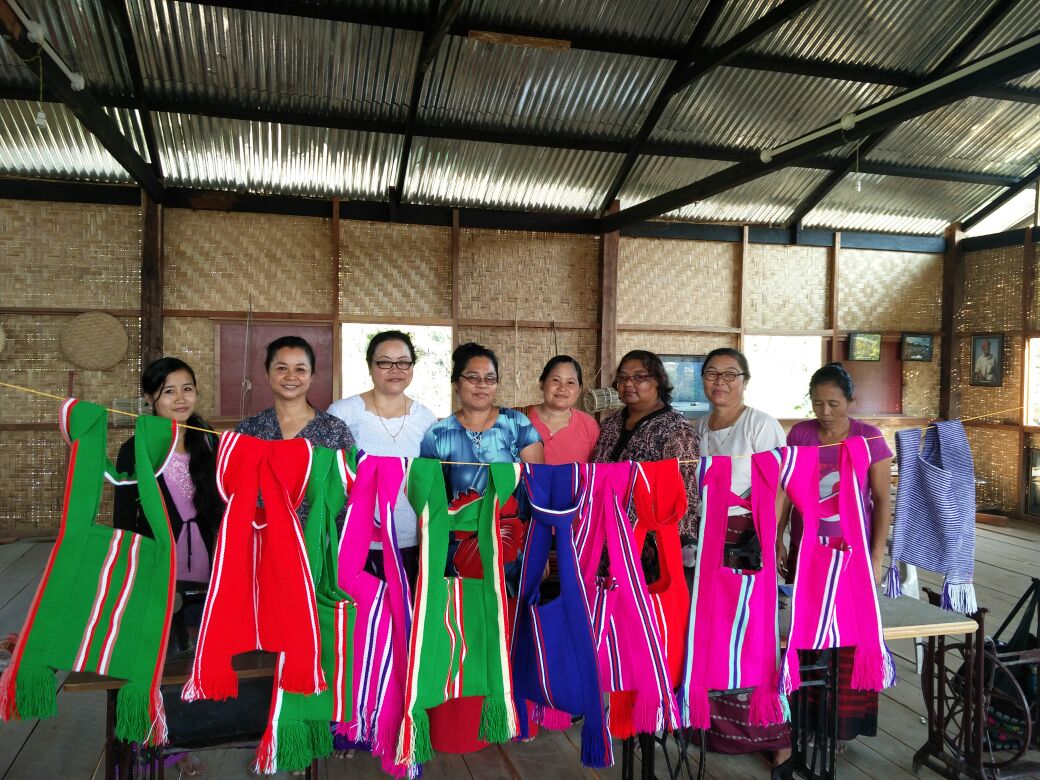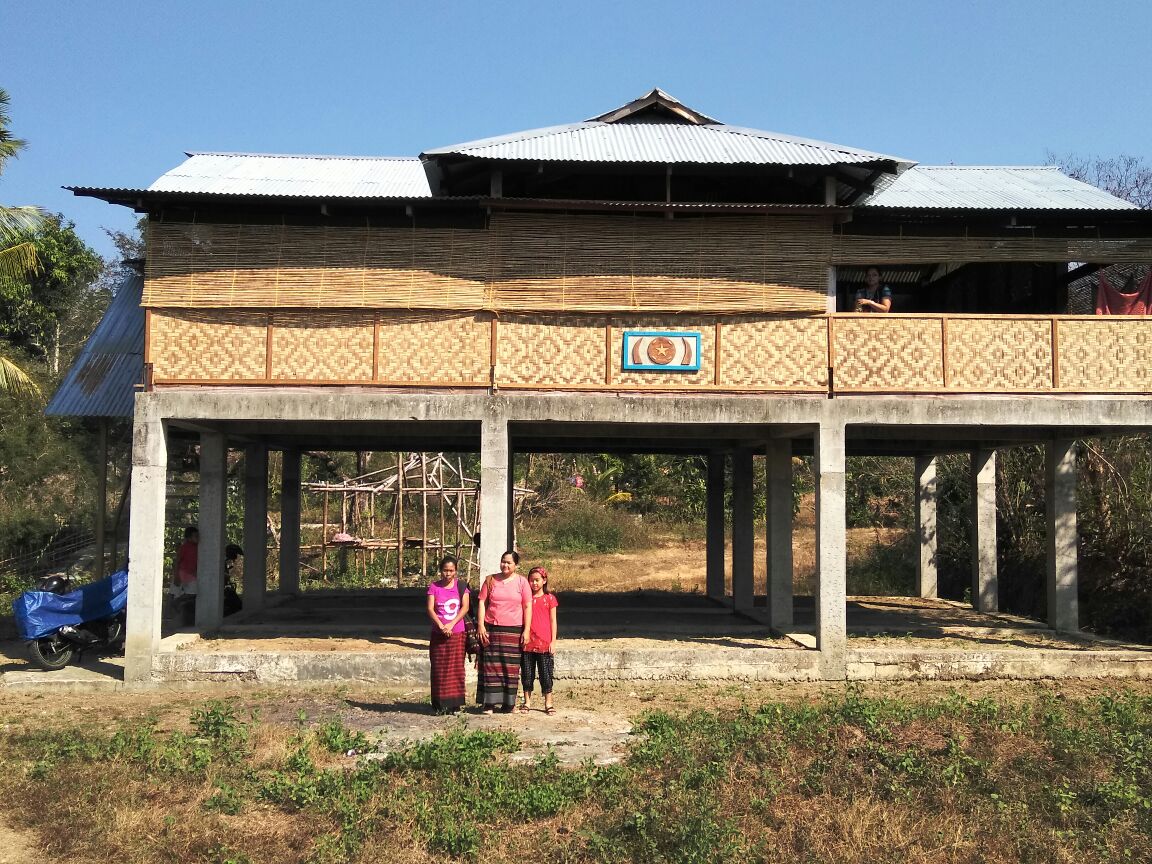Middle Andaman Island, in the Bay of Bengal between India and Myanmar, is remote and beautiful. Unfortunately, unsustainable use of natural resources there threatens the environment.
Seacology is working with the Karen community, who are known for their rich traditional knowledge of the forests and seas. But they have limited job opportunities on the island. The Andaman and Nicobar Environment Team (ANET) has helped the Karen community by forming a women’s self-help group called Andaman Karen Crafts (AKC). ANET has arranged for alternative livelihood skills training in carpentry, tailoring, embroidery, mushroom cultivation, and raising forest nurseries. The women’s group has begun producing tailoring and needlecraft products for the tourism industry. It will sell these products through handicraft stores, hotels, and resorts in the Andaman Islands.
The AKC is located in Webi Village, near a protected mangrove forest. The forest supports a large number of mangrove and animal species, including more than 20 species of endemic birds, threatened saltwater crocodiles, and water monitor lizards. Seacology is funding the construction of a building where women can make and sell handicrafts. In return, the AKC will protect and conserve 1,433 acres of mangrove and estuarine habitat. It will also host environmental education programs for the Karen villages.


